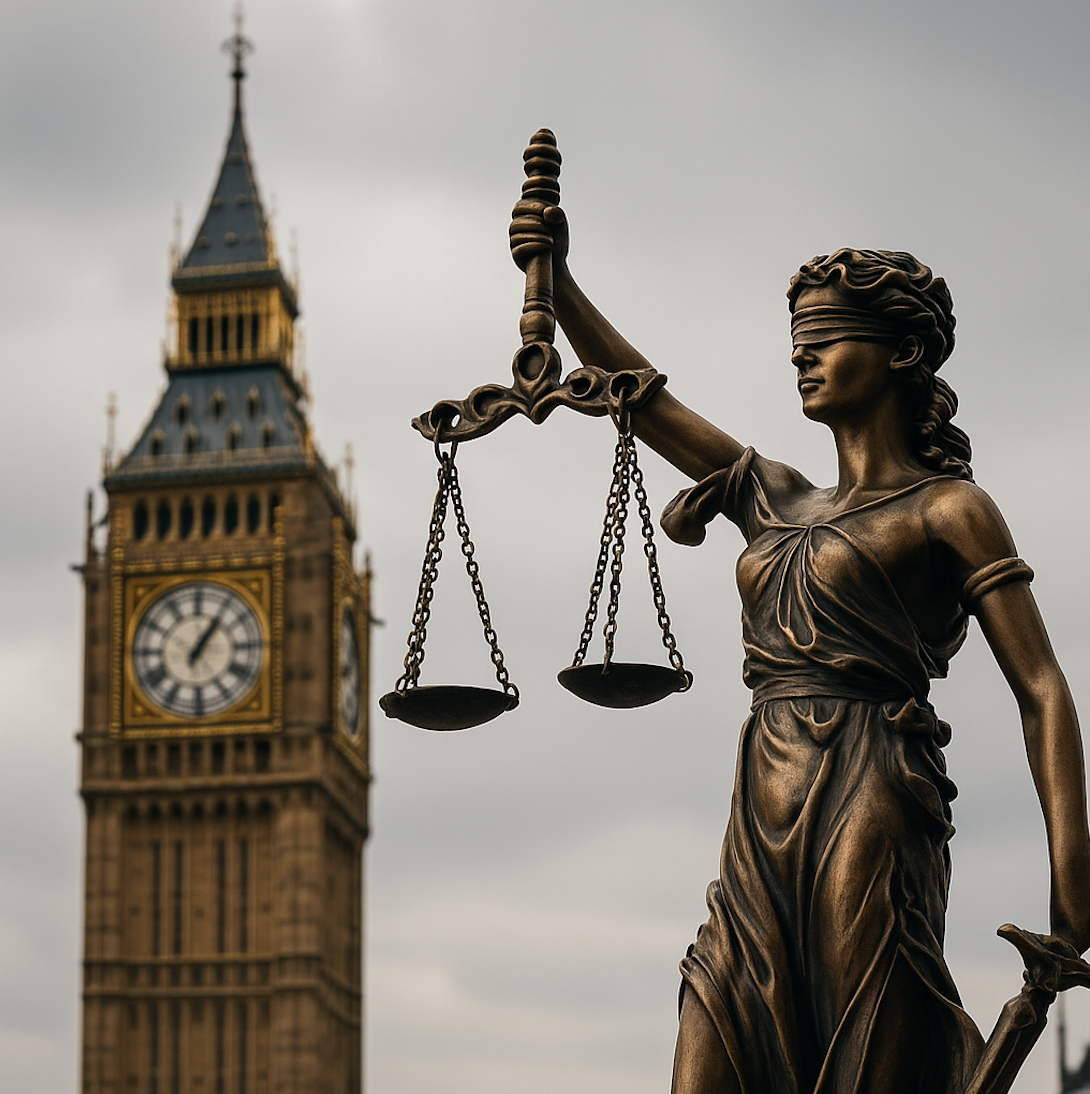A summary of facts of Chevron v Ecuador II[1]
Texaco, a US oil firm and a subsidiary of Chevron since 2001, has deliberately discharged 30 bn gallons of toxic oil waste in the Lago Agrio region of Amazon rainforests between the years 1972 and 1993. Texaco dumped toxic waste across over 440 thousand hectares of an area, which is larger than Rhodes Island.[2] This was one of the biggest environmental degradations in world history, so much so that the oil spill was called “Amazon Chernobyl”[3].
After acquiring Texaco and its civil liabilities, Chevron became the addressee of the claims brought in 1993 by 30,000 indigenous people living in the region. They organized themselves under the name of “El Frente de Defensa de la Amazonia” (The Amazon Defense Front).[4] In 2011, a local court found Chevron liable for the pollution caused by the waste dump and requested to pay 18.2$bn in compensation. The Ecuadorian High Court upheld the decision but reduced the compensation to 9.5$bn. Lastly, the Constitutional Court decided on 27 June 2018 that the compensation order did not breach any of Chevron’s constitutional rights.
In response to this, Chevron launched proceedings against Ecuador before an investor-state arbitration tribunal in the Permanent Court of Arbitration in 2009. This was after Chevron’s first recourse to arbitration in 2006, complaining about the delay caused by the Ecuadorian judiciary. Therefore, the proceedings initiated in 2009 will hereafter be referred to as Chevron v. Ecuador II.
Chevron alleged breaches of fair and equitable treatment/minimum standard of conduct as well as denial of justice and breach of the umbrella clause (a clause that stipulates that every breach -including those of local obligations- is also a BIT breach[5]).[6] Chevron’s claims were based on three main incidents: (1) disregard of Ecuador of the Settlement Agreement of 1995 and the Release Agreement of 1998, (2) the decision of the Ecuadorian High Court, and (3) the failure of Ecuador to effectively remedy the alleged judicial fraud.[7] Chevron basically claimed that it and Ecuador had made a deal concluding that clean-up was done and Ecuador could not demand anything from Chevron and that judicial fraud was involved in proceedings before Ecuadorian courts.
Ecuador contended that only claims submitted after the Release Agreement of 1998 were in the scope of the release; not those submitted before the Release Agreement, such as claims brought by indigenous people in 1993. Even then the agreement has explicitly stated that this release was without prejudice to third-party claims. Chevron responded that the case before the Ecuadorian courts constituted a collective claim instead of individual property claims and that it was not Chevron’s intention to acknowledge such collective claims under the term “third-party”.
Chevron’s second claim was regarding fraudulence and corruption. The company mainly submitted two sets of evidence: Alberto Guerra, a former Ecuadorian judge, as a witness, and a document sent by Guerra to the competent judge of the case. The witness alleged that he ghost-wrote the verdict of the 2011 local court judgment and that he and his colleague accepted a bribe to rule in favor of Amazon inhabitants although afterwards he admitted during the proceedings that he lied in his statement. The document allegedly sent by Guerra to the competent judge was found to be created in the competent judge’s computer, already registered on a prior date.[8]
In 2018, the Tribunal ruled in favor of Chevron’s denial of justice and umbrella clause claims. The arbitration is in its last phase where arbitrators decide the quantity of damages.[9]
Meanwhile, Texaco or Chevron did not clean the environment, yet in 2021, the spill is left almost fully untouched. Years later, Ecuador started the clean-up however according to an environmental pressure group, Make Chevron Clean Up, this effort features 10 million in funding, and at least $12 bn is needed to fully clean the oil spill.[10] Scientists and locals are now trying their own bio-remedial processes such as using plants, fungi and microbes to clean up the contamination.[11]
A highly controversial environmental approach
The investment tribunal’s decision supported the scheme where corporations can easily get away with environmental degradation. Environmental degradation and human rights violations caused by Texaco’s discharge of billions of gallons of oil were just a factual detail in the investment tribunal’s award given by V. V. Veeder, Vaughan Lowe, Horacio A. Grigera Naòn.
What is highly likely to have happened was that an oil company, Texaco, deliberately left billions of gallons of toxic waste in the middle of Amazon. Decision-makers of the company knew that it is home for people and a whole ecosystem. Chevron, on the other hand, never feared being held responsible, as the issue was already dealt with within agreements reached with the Ecuadorian government. Neither of the two corporations publicly apologized, neither of the two cleaned up nor remedied human rights violations suffered by the local population.
Besides being perceived by corporations as a “giant trash can”, Ecuador is one of the countries that comes in first in biodiversity all over the world. Its heritages such as Galapagos Islands and Amazon rainforests are also protected by the World Heritage Convention.[12] Polluting a world heritage from top to toe and not being held responsible, it is not incidental that the investment-state dispute settlement system is in the line of fire. In an article published in the Guardian, Nicolás M. Perrone[13] explains that arbitrators of investment tribunals do not pay attention to the expectations of states or local communities while granting great importance to those of investors. The FET (fair and equitable treatment) standard is commonly explained as the fulfillment of legitimate expectations of the investor. Therefore, the host state’s action aiming to get the environment restored or to give compensation to those who suffered from the pollution may also create frustration upon the investor’s legitimate expectations, leading to a violation of the FET obligation.
To top it all, with the fear of proceedings before investment tribunals, States avoid taking any measures regarding the protection of the environment. States do not change their positive laws in order to abstain from the billion-dollar lawsuits. The term “regulatory chill” is used to explain why and how investment agreements create an inactiveness in legislative and executive branches. Apart from the effects of the investment-state dispute settlement system on legislative and executive branches, effects on the judiciary are overwhelming because the cost of deciding against such a powerful investor is heavy.
This case does not only plant seeds of fear in the parliaments and courts of states, but also in the environmental activists and lawyers. What Steven Donziger, the lawyer of Ecuadorian people who sued Chevron, is going through at the moment shows the current cost of opposing the powerful corporations. To give an overview, the story of Steven Donziger includes a civil suit in the US initiated by Chevron against Donziger, a heavily biased US judge, a private prosecutor whose list of clients includes Chevron, an Ecuadorian judge who is sponsored by Chevron to stay in the US and to attend trials with US12$ thousands monthly salary. To sum up, all those things we see in courtroom dramas and do not believe that are actually happening are all involved.
Aside from the judicial irregularities, this lawsuit is a clear example of a SLAPP – strategic lawsuit against public participation. The purpose of SLAPPs is not necessarily winning but intimidating, harassing, and demonizing the weaker side.[14] The US judge prohibited any mentioning of the environmental degradation, accepted anonymous witnesses from Chevron, rejected Donziger’s request to have a jury, despised 30,000 Ecuadorians as “so-called plaintiffs”,[15] and appointed a private prosecutor who had defended Chevron in 2018.
Chevron seemingly throws its money on every lacuna it finds in order to get its “revenge”, its legal expenses are reported to reach up to 2$bn, Donziger estimates.[16] Considering the judicial tactics and instruments Chevron uses and its control in the US judiciary, whether Chevron had been involved in judicial fraud in Ecuador must have been analyzed instead.
Concluding remarks
Once drafted to protect investors and encourage investments, the BITs (bilateral investment treaties) are now commonly used by companies as tools to escape responsibility for human rights violations and environmental degradation. Chevron v. Ecuador II is just an important example of companies’ legal fight in order to get away with compensation for their detrimental actions. Investment tribunals does not have the capacity, means, legal instruments and, in my opinion, desire to actually see beyond the BIT, where it could have seen one of the biggest human-made environmental disasters of all times. Not just that, it could have seen thousands of people who lost their houses, towns, jobs, lifestyles. Five peer-reviewed scientific studies established a high risk of cancer because of pollution[17] and at least 2000 of people who were diagnosed with cancer due to pollution lost their lives.[18]
Investment tribunals are so overwhelmed with investors’ commercial interests that they cannot really consider higher values such as ecological balance, human and indigenous rights. Legal instruments to protect such higher values are very few in the investment state dispute settlement (“ISDS”) system. Public international law can be seen as one. In Urbaser v. Argentina, the investment tribunal decided that corporations have a duty to respect and protect human rights,[19] a customary rule derived from UN Guiding Principles on Business and Human Rights.[20] The main question here is whether we should maintain the inherently pro-investor ISDS system and try to mend its hostility upon ecological balance and indigenous rights or whether we should abolish the ISDS system completely. The second option is currently debated among legal scholars, including independent experts in the UN Human Rights system.[21]
Image: Intercontinental Cry
Sources:
[1] https://waronwant.org/sites/default/files/ISDSFiles_Chevron_April2019.pdf
[2] https://www.thenation.com/article/activism/steven-donziger-chevron/
[3] https://www.corteidh.or.cr/tablas/r13030.pdf
[4] https://europeangreens.eu/brussels2013/content/chevron-texaco-and-environmental-disaster-amazon
[5] https://www.lexisnexis.co.uk/legal/guidance/umbrella-clauses-in-investment-treaty-arbitration#:~:text=An%20umbrella%20clause%20(known%20also,obligations%20owed%20to%20foreign%20investors.
[6] https://investmentpolicy.unctad.org/investment-dispute-settlement/cases/341/chevron-and-texpet-v-ecuador-ii-
[7] https://jusmundi.com/en/document/decision/en-chevron-corporation-and-texaco-petroleum-company-v-the-republic-of-ecuador-ii-second-partial-award-on-track-ii-thursday-30th-august-2018 para 2.6.
[8] https://waronwant.org/sites/default/files/ISDSFiles_Chevron_April2019.pdf
[9] http://www.pge.gob.ec/index.php/2014-10-01-02-32-39/boletines2/item/1111-arbitraje-chevron-corte-suprema-holandesa-rechaza-accion-de-nulidad-planteada-por-ecuador-en-2014
[10] https://www.oilandgas360.com/ecuador-to-clean-up-texacos-decades-old-amazon-spill/
[11] https://www.bbc.com/future/article/20200316-cleaning-up-the-oil-spills-of-the-amazon-rainforest
[12] https://libstore.ugent.be/fulltxt/RUG01/002/349/652/RUG01-002349652_2017_0001_AC.pdf
[13] https://www.theguardian.com/commentisfree/2021/apr/19/oil-companies-dont-deserve-reparations-for-fossil-fuel-bans-theyll-still-want-them?utm_campaign=oupac-campaign:1335544991306070255&utm_source=Twitter&utm_medium=social&utm_content=post:1363176451698067185&utm_term=OUP%20Law
[14] https://www.greenpeace.org/international/story/16448/chevrons-slapp-suit-against-ecuadorians-corporate-intimidation/
[15] https://www.greenpeace.org/international/story/16448/chevrons-slapp-suit-against-ecuadorians-corporate-intimidation/
[16] https://www.rollingstone.com/culture/culture-news/sludge-match-inside-chevrons-9-billion-legal-battle-with-ecuadorean-villagers-71779/
[17] https://chevroninecuador.org/assets/docs/cancer-summary.pdf
[18] https://www.opendemocracy.net/en/democraciaabierta/chevron-vs-ecuador-international-arbitration-and-corporate-impunity/
[19] Urbaser S.A. and Consorcio de Aguas Bilbao Biskaia, Bilbao Biskaia Ur Partzuergoa v. Argentine Republic, Award, 8 December 2016, paras.1194-1195.
[20] https://www.ohchr.org/documents/publications/guidingprinciplesbusinesshr_en.pdf
[21] https://www.ohchr.org/en/NewsEvents/Pages/DisplayNews.aspx?NewsID=16650&LangID=E





